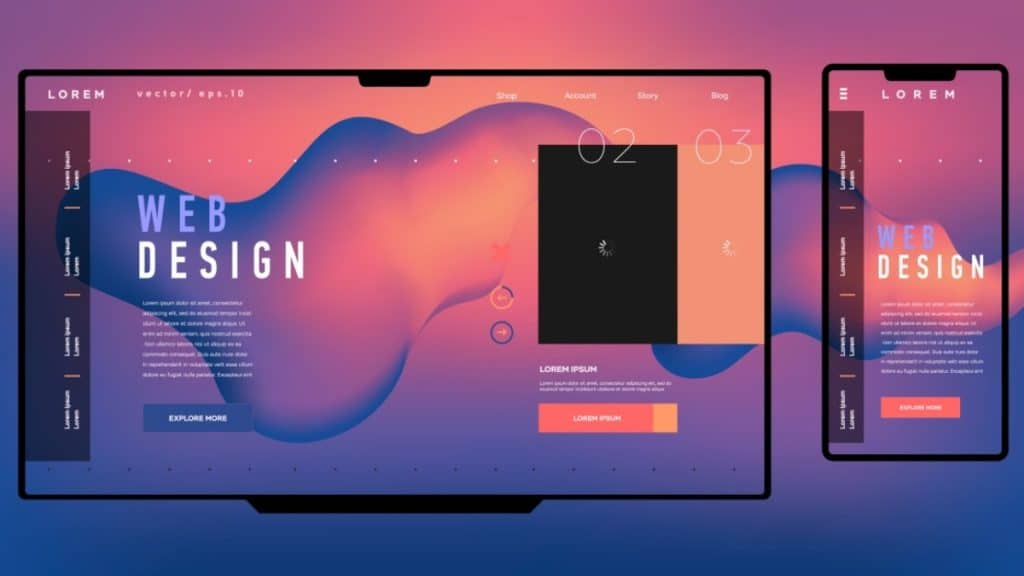Mobile app design keeps constantly developing. App designs have seen unprecedented changes in recent years. Every few months, there have been many trend adjustments, ranging from colorful and aggressive designs to a trend toward a minimalist approach.
Keeping up with emerging trends in mobile and web application design is critical for developers who want their products to stand out from the vast number of applications on the market and please their customers.
Let’s look at some of the most essential mobile and web application design trends to watch in 2024. Uitop, a UX/UI design agency, provides comprehensive web app design services to improve the user experience of your product. Find out what exactly we offer by clicking the link below: https://uitop.design/web-application-design-services/
Top App and Web Design Trends
As technology advances, designers and developers must continually improve themselves to provide the best user experience to their clients. Here are some current concepts to consider.
1. User-generated content (UGC)
UGC is a great tool for organizations since it can market a product or service more effectively than many other trends. Users produce and share material like images, comments, and videos to provide a more engaging and personalized experience. UGC allows designers to understand the target audience and receive insights about the most popular content among them. They can use this information to improve app features and personalize platforms to meet customers’ demands.
2. Dark mode
Dark mode gained momentum a few years ago and is still one of the greatest app UI and UX design trends globally. It is a UI design in which the screen has a dark or black backdrop and displays text in bright colors. The dark mode is perfect for decreasing eye strain and increasing battery performance. The dark mode uses less energy to show pages, which extends battery life for smartphones with AMOLED or OLED panels.
3. Asymmetrical elements
This is one of the most prominent mobile UI patterns, with graphic components purposefully positioned irregularly. An asymmetrical design can be evaluated by looking at changes in line weight, uneven size, clashing colors, and various forms. Such patterns are frequently used in interior decorating, graphic design, art, building, and mobile app design.
4. Minimalism
Even though this trend has advantages, the lack of visual cues makes it harder to distinguish between distinct interface elements, resulting in a less intuitive user experience. It prioritizes content above visual distraction and emphasizes the app’s usefulness. With these features, minimalism is easily adaptable to different resolutions and screen sizes, making it suitable for responsive design.
5. Passwordless login
The data used in passwordless login is unique to each client and complex enough to be repeated. These make logins more secure and straightforward by utilizing biometric authentication and phone number authentication, lowering the danger of cyber attacks and other breaches. Set consumers free from the hassle of memorizing or changing several passwords by employing other methods such as facial recognition, fingerprint recognition, or the much more widespread method of signing in using a phone number.
6. AR navigation
Navigation applications featuring augmented reality, which give real-time instructions by superimposing digital data on the physical world, are getting increasingly complex and user-friendly. These applications can help you navigate around cities, retail malls, airports, and other complicated places.
7. Accessibility improvements
AI will undoubtedly play a significant role in the future of mobile applications. Adoption rates are already strong, and I expect AI to become more integrated, resulting in improved user experiences and customization. Advancements in computer vision and speech-to-text will improve the overall user experience.
8. Integrated voice recognition and command
The integration of speech recognition and command technologies will accelerate in 2024 — we are already witnessing it. Digital, hands-free interactions with gadgets and technology will result in memorable and competitive user experiences, offering developers that include this technology an advantage over competitors.
9. Multiplatform functionality
Having more gadgets means more optimization issues. Still, users should have the same experience working on their phones, tablets, desktops, laptops, and augmented or virtual reality devices — possibly even in their automobiles and watches. For example, the Apple Vision Pro will run iOS apps out of the box, and savvy developers are already planning for this scenario. The problem of changing the experience grows in tandem with the prevalence of ubiquitous applications.
10. Chatbots
Chatbots have transformed the customization capabilities of any business. It also provides a more responsive experience for users. Chatbots using machine learning algorithms can readily understand the user’s intent and offer them the exact and relevant information they need. They can effectively cover various areas of the corporate environment, including customer care, sales and marketing services, and design and development.
Conclusion
Mobile app and web development trends in 2024 are increasingly focused on improving the user experience. The trends are simple, visually appealing, and highly engaging. With the rise of voice user interfaces and chatbots, as well as the usage of flat design, minimalism, and other design styles, mobile app design is projected to undergo a spectacular transformation, resulting in improved navigation facilities and appealing modes.
